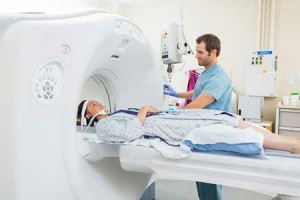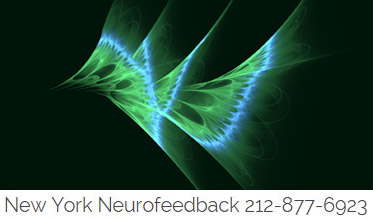-
The Brain is not as Simple as We Thought
- Posted on April 10, 2019
- by Catherine Boyer
- in NeurOptimal®, New York Neurofeedback, The Brain
- 1 Comment.
How does the brain work?
Here is a short quote from a very interesting KU Leuven article titled ‘Brain waves’ challenge area-specific view of brain activty. (KU Leuven is a Belgian research-oriented university founded in 1425. Yes, 1425.)
Our understanding of brain activity has traditionally been linked to brain areas – when we speak, the speech area of the brain is active. New research by an international team of psychologists led by David Alexander and Cees van Leeuwen (Laboratory for Perceptual Dynamics) shows that this view may be overly rigid. The entire cortex, not just the area responsible for a certain function, is activated when a given task is initiated. Furthermore, activity occurs in a pattern: waves of activity roll from one side of the brain to the other.
 What interests me about the article is that the research points to what seems — contrary to popular thinking — a much more interactive model of the brain: Their research indicates that no one area is involved in specific activities but rather that much more of the system is engaged, and that the hemispheres are in constant communication. Doesn’t that feel more like your own experience?
What interests me about the article is that the research points to what seems — contrary to popular thinking — a much more interactive model of the brain: Their research indicates that no one area is involved in specific activities but rather that much more of the system is engaged, and that the hemispheres are in constant communication. Doesn’t that feel more like your own experience?If you compare the brain to a large organization, you can imagine that a business would work most effectively when its components are coordinating with each other — when energy is flowing. It makes sense that this would be true of your brain as well, and your brain is much, much more complex than the world’s largest organizations.
Neurofeedback and the brain
This research also, in my opinion, supports the effectiveness of NeurOptimal® neurofeedback. This state of the art system gives your brain information on what it’s doing that it then uses to optimize itself. The results are more flexibility, resilience, efficiency, stability, and less discomfort — more efficient working together of the parts and better communication between the hemispheres.
Please post any questions or comments you have here on the blog or email me.
Catherine Boyer, MA, LCSW-R
New York Neurofeedback
If you enjoyed this article please consider sharing it!






…This is very interesting. Having different parts of the brain working together would seem to make the brain more efficient and powerful. This appears to be an enormous advancement in matters of the brain.